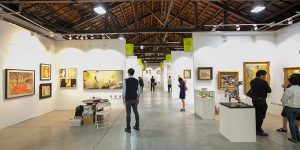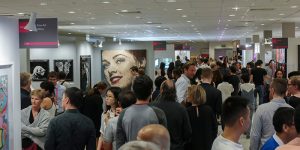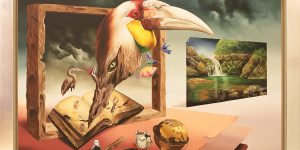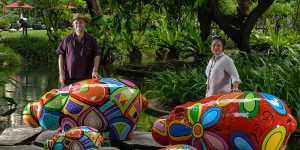Myanmar Art Market: Pride and Prejudice
Art Republik explores what Myanmar has to offer with its growing community of artists.
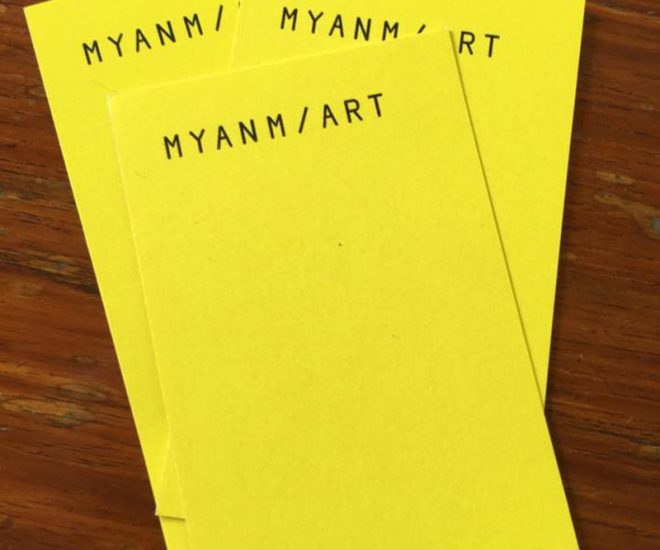
Myanmar is both a blessed and wretched land. Gifted with a profusion of natural resources, Myanmar is even more blessed by its population. Its geographical position between India and China has resulted in the country’s benefit from these two civilisations without becoming subjugated by one or the other. From the golden age of the Pagan Kingdom until the Konbaung dynasty – its last dynasty, which was defeated by the British – Myanmar has developed an exquisitely refined civilisation and culture.
However, civil war and disastrous economic policies have made the country one of the poorest in the world, in terms of GDP per capita, education and infrastructures. Moreover, during the 50 years of self-imposed isolationism international media have conveyed partial and biased information. In this context many prejudices prevail and the following three notable judgments could be heard even until very recently:
1. Myanmar is a poor country, thus there is no visual art tradition;
2. the education system was ruined during the military regime thus artists are not well trained and are self-taught;
3. due to harsh censorship Myanmar painters only represent beautiful landscapes and traditional scenes, and there is no contemporary art in Myanmar.
On the contrary, Myanmar has had a long tradition of art all the way back to the Middle Ages, while Europe was enduring a cultural regression, artisans and artists of the Pagan kingdom created beautiful artefacts, religious paintings and sculptures. In the 19th century, family portraits were commissioned by the King and by rich families. During the colonial time, Burmese people were very receptive to learn new techniques, such as watercolour.
Secondly, yes the education system was ruined during the military regime which lasted from 1962 until 2010, but there was no systematic extermination of artists like during the Cultural Revolution in China or the Khmer Rouge regime in Cambodia. Students were in fact skilfully trained at Yangon and Mandalay universities. Moreover, the traditional system of learning under the guidance of a master–mentor continued in the university system introduced by colonialism. Even when the country was hermetically closed and travels restricted, artists always strived to get books and information on the evolution of the artistic scene through diplomats and foreign representations.
And lastly moving on to the effects censorship, art still found its sunlight and became a vector of freedom of expression through ephemeral art forms such as performances and installations which managed to escape the control of the censors through cryptic representations. And because artists had very few opportunities to travel abroad, modernism and contemporary art forms developed in a very unique way, deeply rooted in the local spirit.
Today, Myanmar has been heralded as a promising new art market, though local artists still feel that the scene is still in transition and the art market is very unbalanced; to name a few, Myanmar certainly lacks public projects which would contribute and sustain contemporary artists; there is also little protection of the artists; and there aren’t any institutions. None of the main actors of the Western art market, such as auction houses and museums, galleries showcasing international artists, internationally recognised art critics and curators, can be found in Myanmar. However, there is a local art market in Yangon, which comprises talented artists, artist spaces, galleries and passionate collectors. Although disconnected from the international art market, for many years, this market has nonetheless been active with many art exhibitions and events organised by local artists themselves.
Yes there are frustrations and complications, and much to be done. But I for one, am optimistic.
*Marie-Pierre Mol has a Masters in Asian Art Histories from LASALLE College of the Arts. She is the co-founder of Intersections, an art gallery in Singapore specialising in contemporary art from Myanmar.





